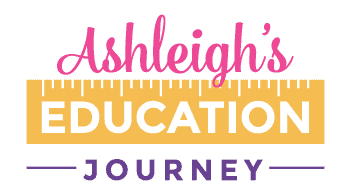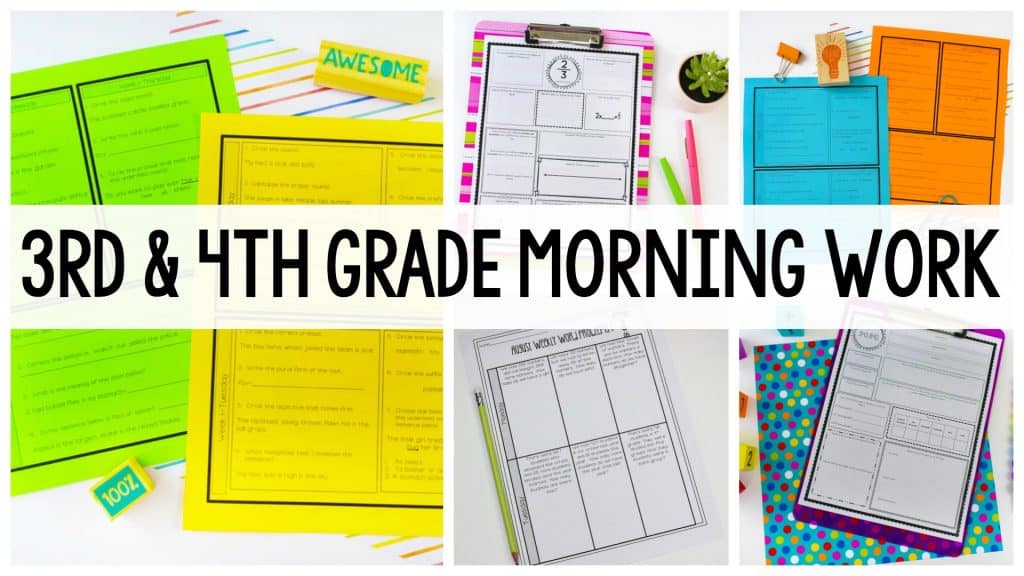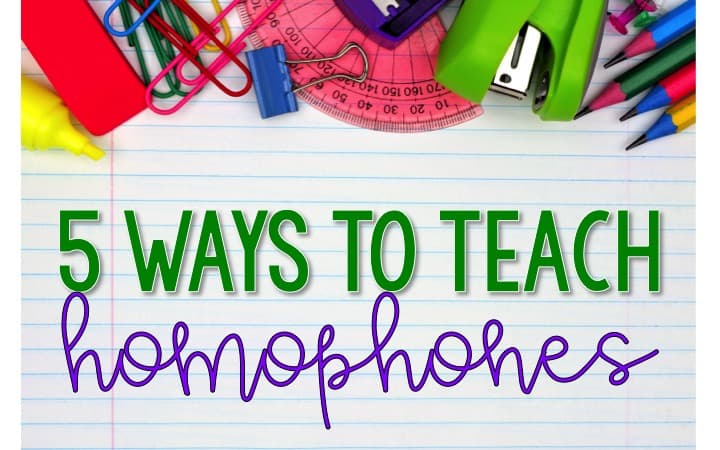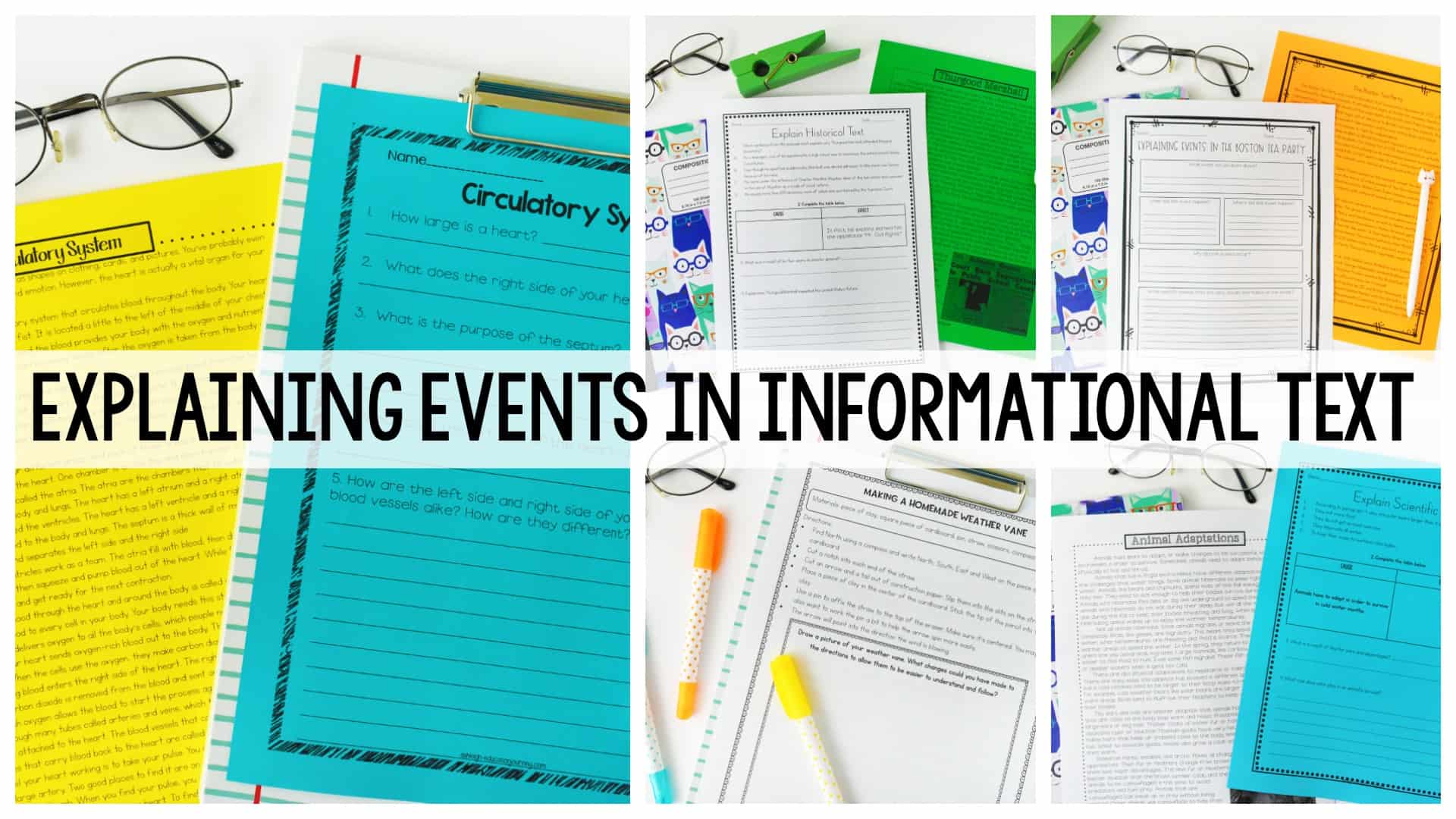
One of the more challenging reading standards is explaining events in informational text. “Explain events, procedures, ideas, or concepts in a historical, scientific, or technical text, including what happened and why, based on specific information in the text.” This can be challenging to teach AND for students to master. In this post, I’ve shared some of my favorite lessons in teaching students to explain scientific texts. You can find all of the printables mentioned here.
Explaining Events in a Historical Text
Historical texts are informational texts about people, places, and events in history. These texts often explain WHY events happened. Students can often understand how historical events are connected through cause and effect relationships. It is beneficial to expose students to a large quantity of historical texts to give students exposure and experience with this type of text.
For guided practice, I have students read a passage on Thurgood Marshall. Then, I work with students to complete the accompanying worksheet. I vary the amount of support I give based on student-group need.
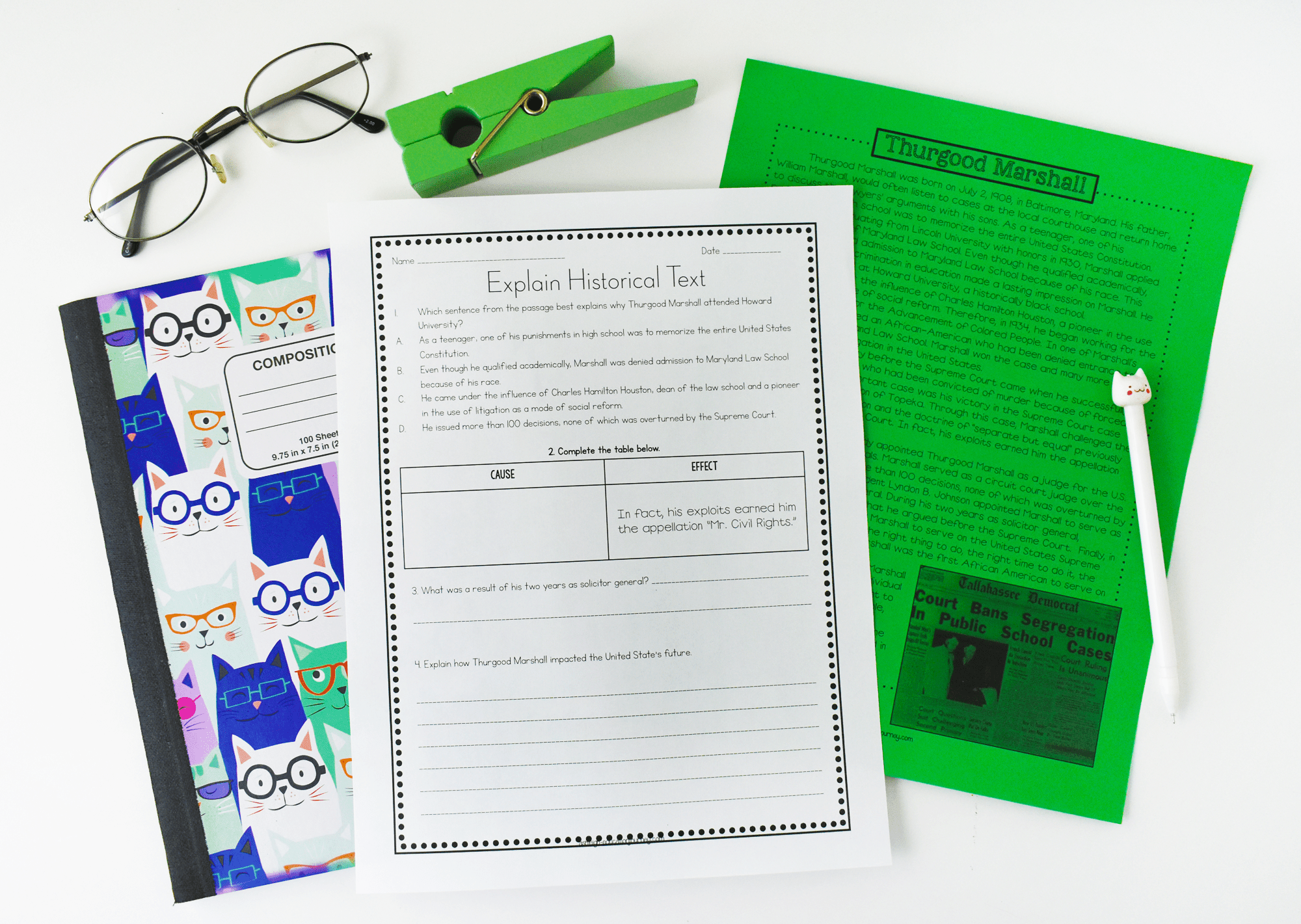
It is also important to help students understand that there may be more than one effect to a cause. Students should know that an effect to one event may be a cause to a different event. I follow the Thurgood Marshall lesson with a lesson where students read about The Boston Tea Party. In this lesson students explain the event they learned about, when it happened, where it happened, and why it happened.
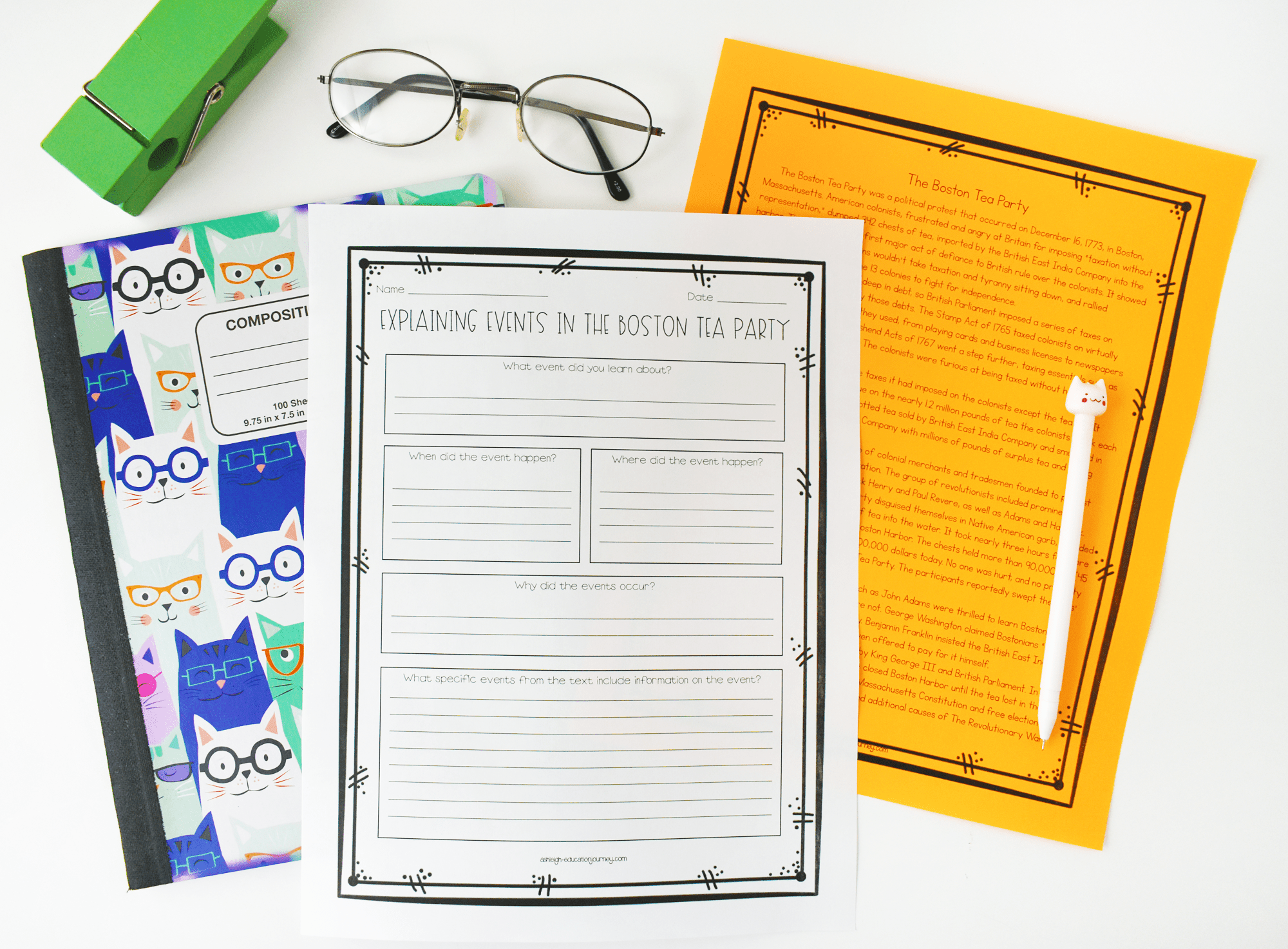
Explaining Events in a Scientific Text
When introducing scientific text, I explain that scientific texts are informational texts that tell facts and scientific ideas. It tells what is happening and how and why it is happening. You can understand how scientific facts are connected through cause and effect relationships. I use animal adaptations as a mentor scientific text.
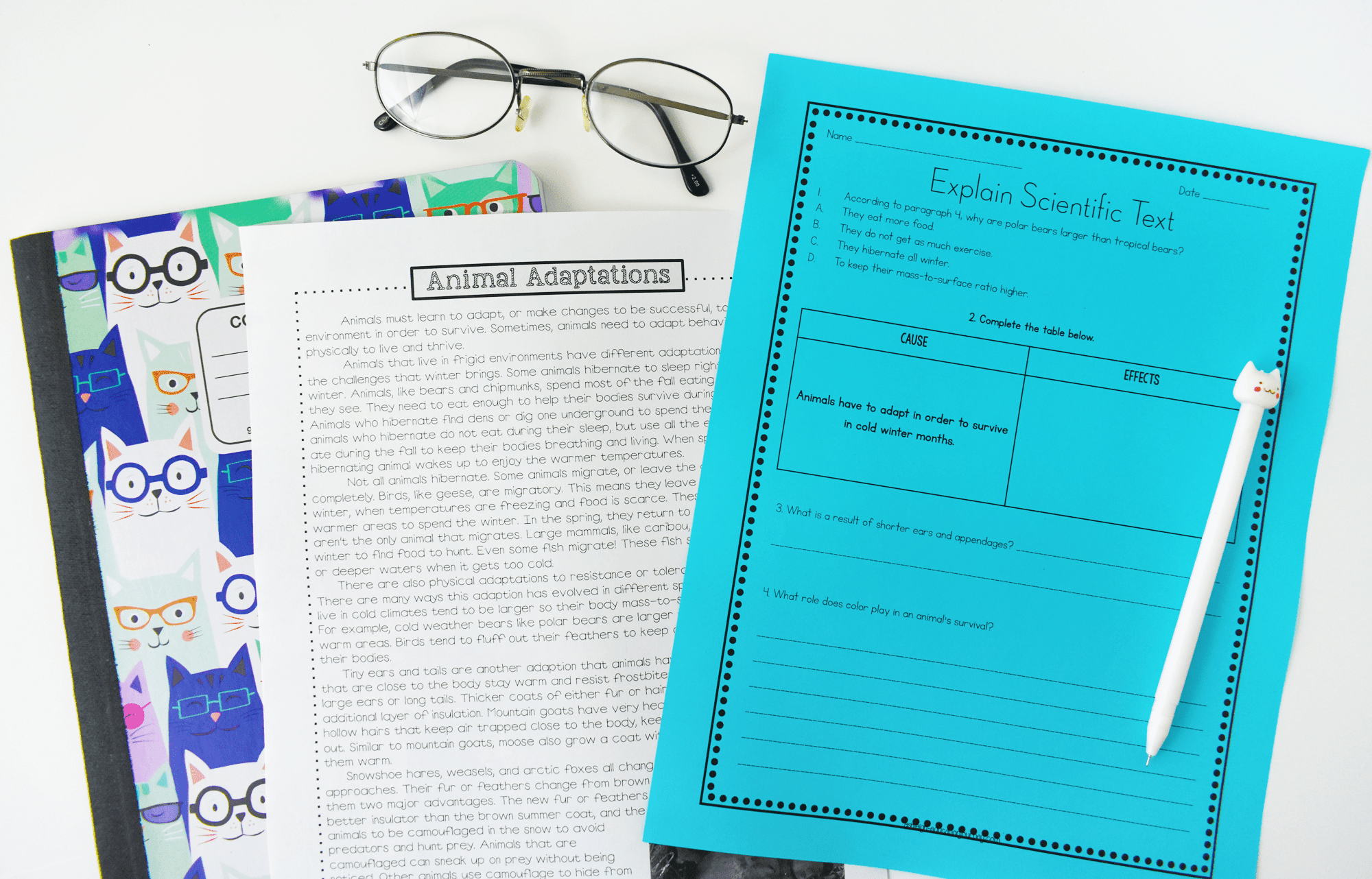
I like to spend another day focusing on scientific text and move from animal adaptations to the circulatory system, which gives students a completely different look at a scientific text.
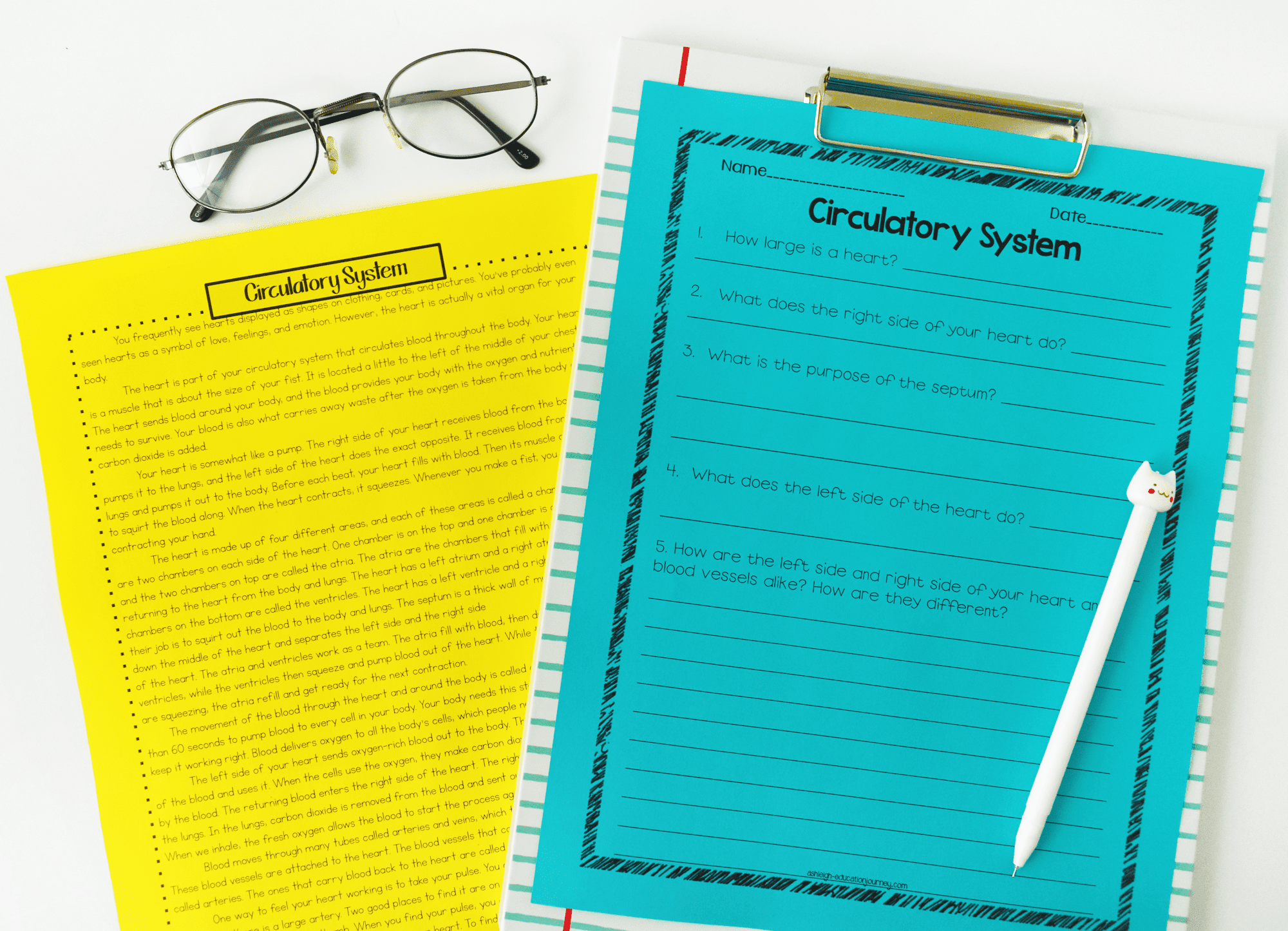
It’s important to note that these are not the only lessons my students see on historical text and scientific text. They revisit these texts throughout the year in my social studies and science instruction. I love integrating our reading standards during that time. Students can use online articles, textbooks, and picture books as examples of types of informational text.
Explaining Events in a Technical Text
Technical texts are informational texts that tell us how to complete tasks. A set of directions is a type of technical text and are often written in steps or procedures and often include diagrams or pictures. Technical texts are written in sequential order. Before we get started, I’d like to review sequential order relationships.
Since sequential order is typically fairly easy for students, there is a twist to this lesson. Rather than completing a worksheet or graphic organizer, students APPLY what they’ve learned to follow the directions of a technical text. You may allow students to try to create the wind vane on their own, without support. Have them write on the recording sheet, and then help students make corrections to their wind vane as needed.
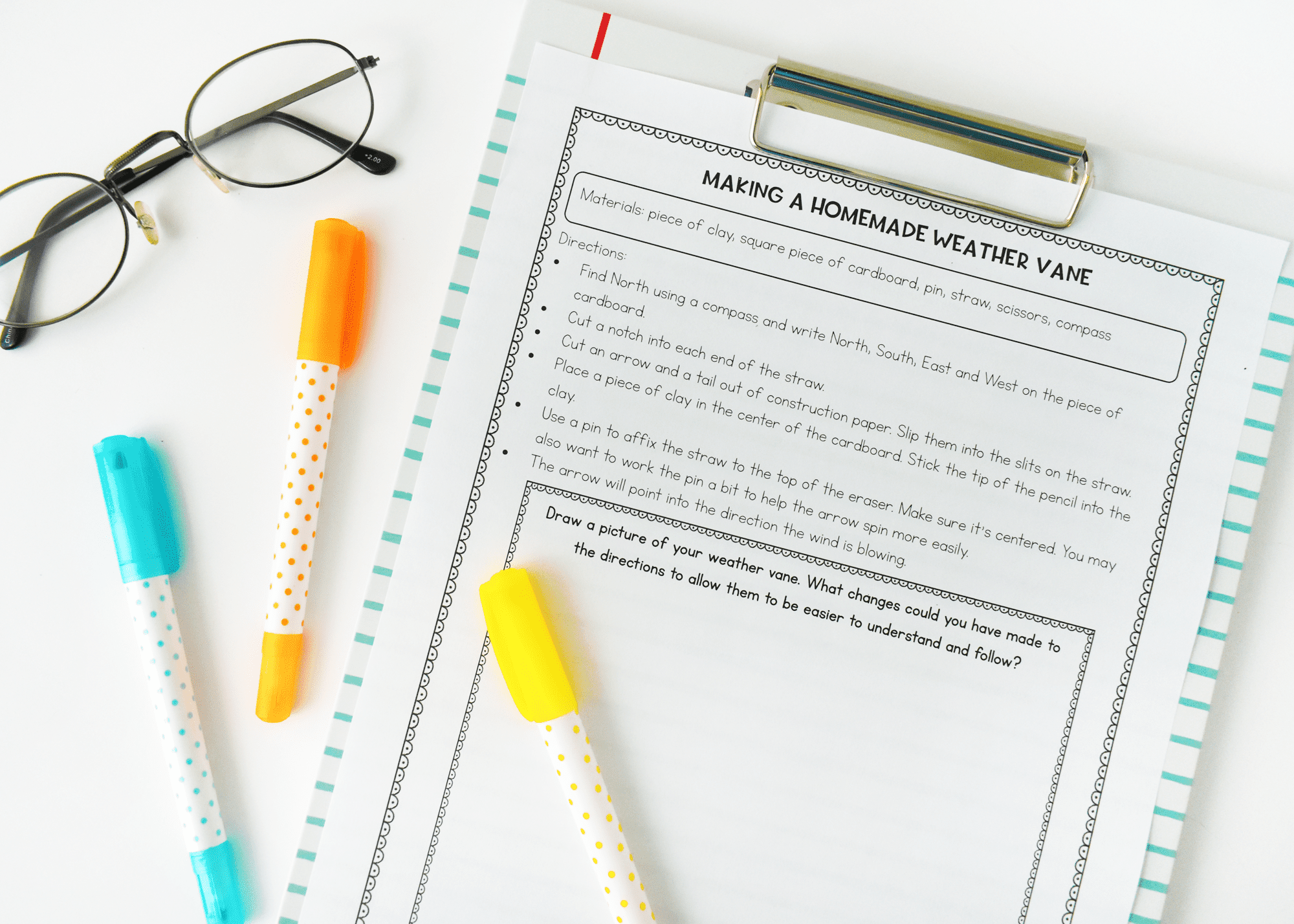
Of course, the weather vanes are often not what you have in mind, but the “failure” to create a working weather vane allows students to see the importance of clear directions and the ability to follow directions correctly.
As I mentioned earlier, students will need more than a week’s instruction of explaining informational text. However, these lessons create a great starting place for applying these concepts in your social studies and science instruction.
If you’d like to learn more about teaching firsthand and secondhand accounts, be sure to read this blog post. I’ve shared more of my favorite lessons on informational text.
